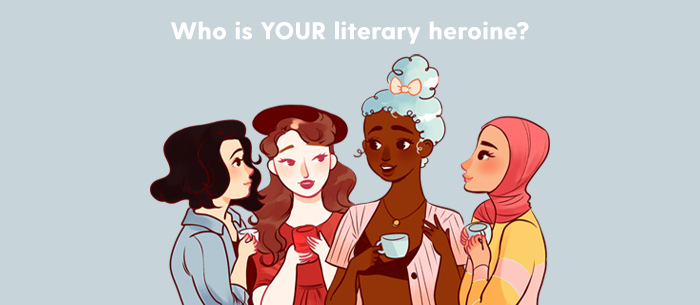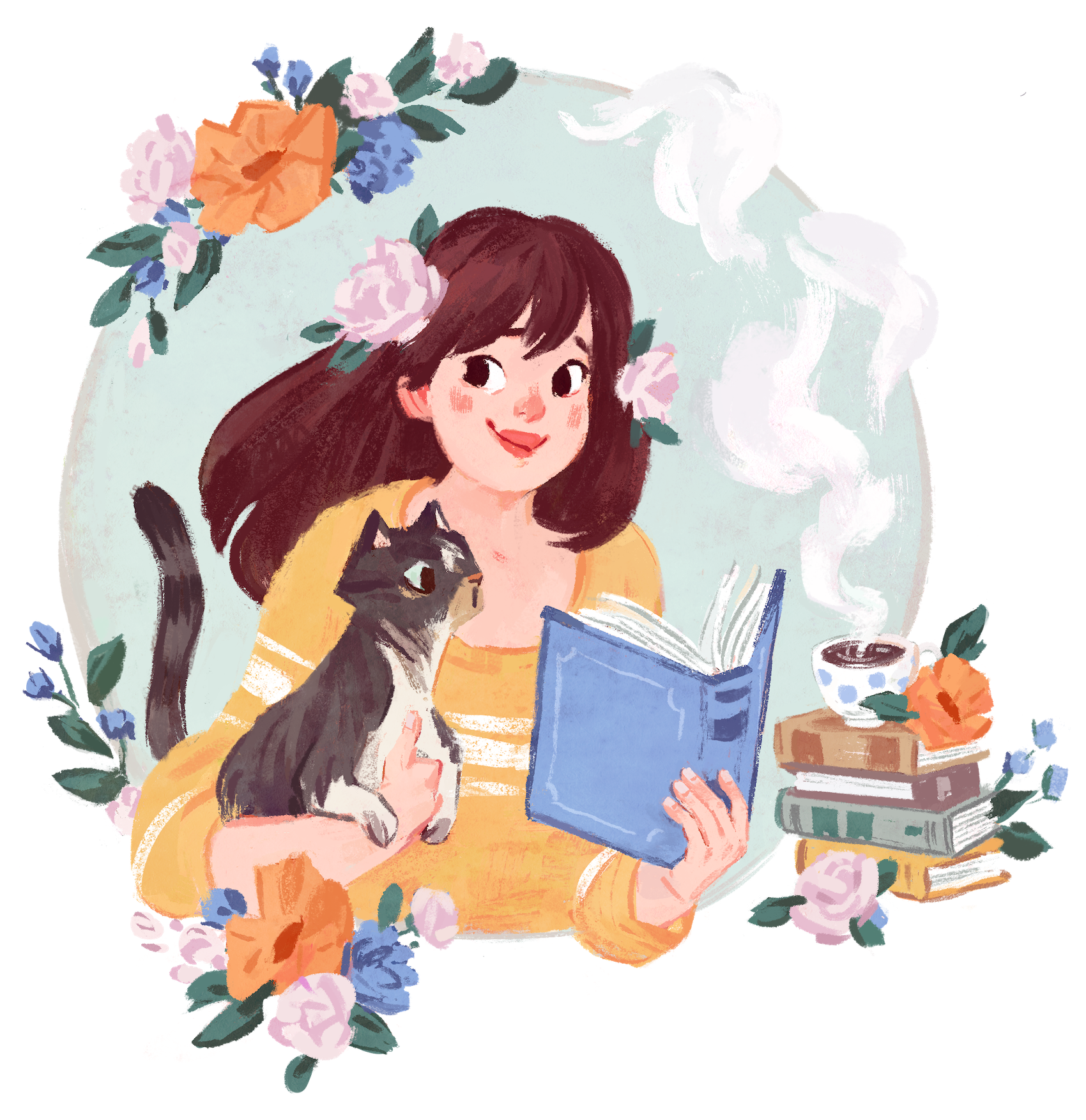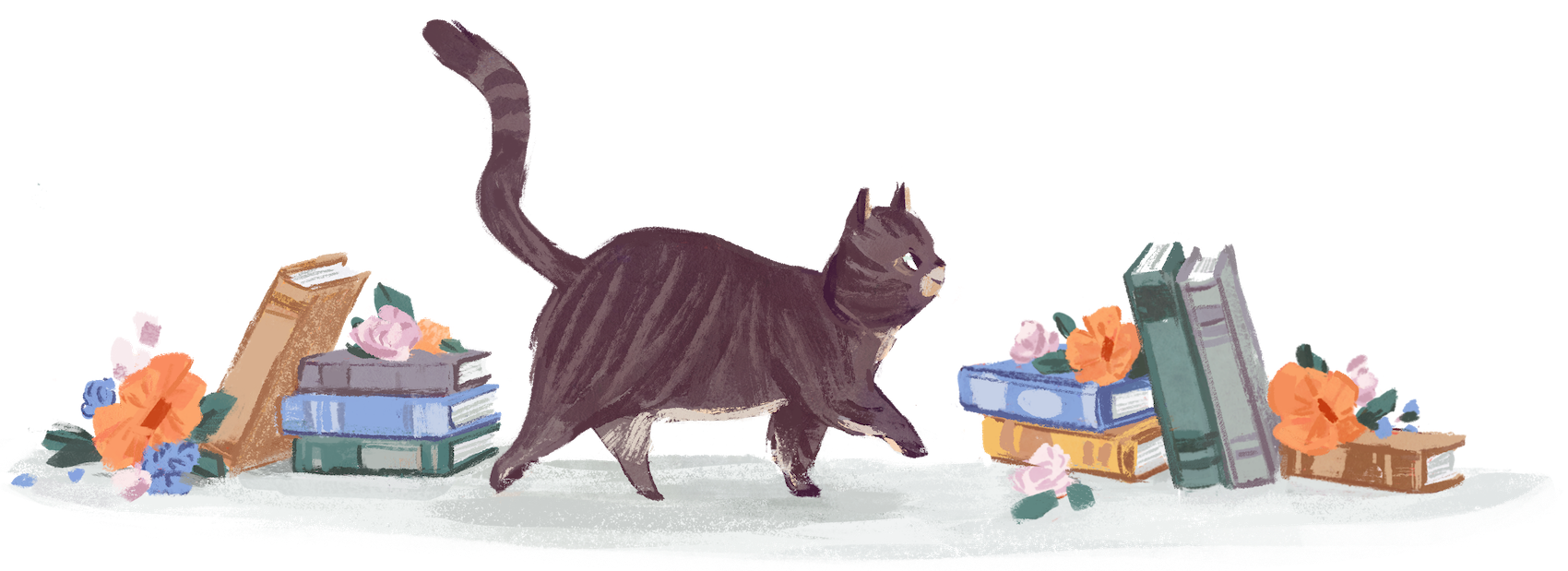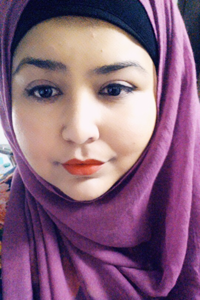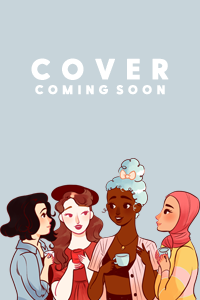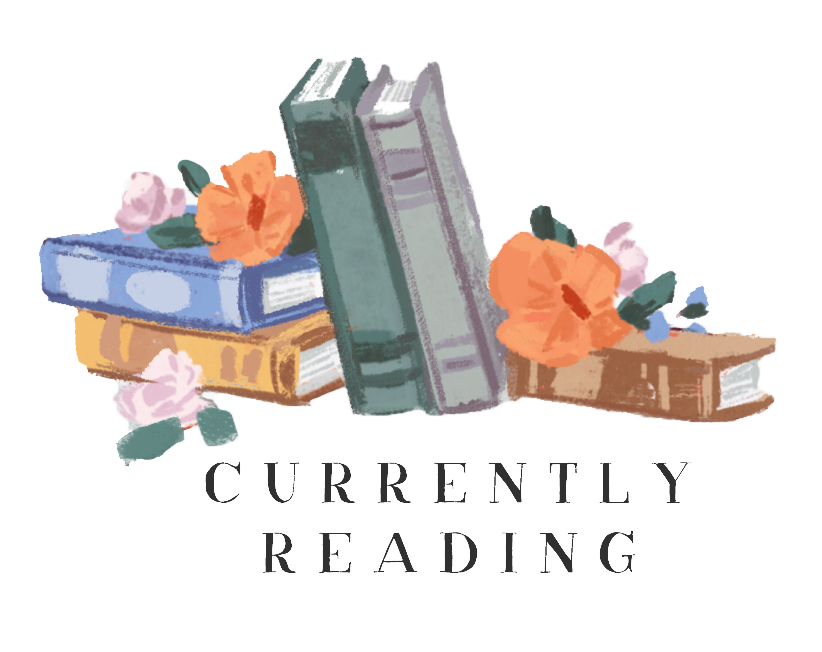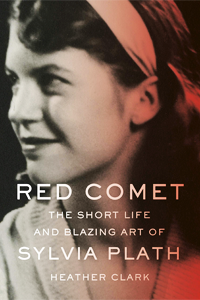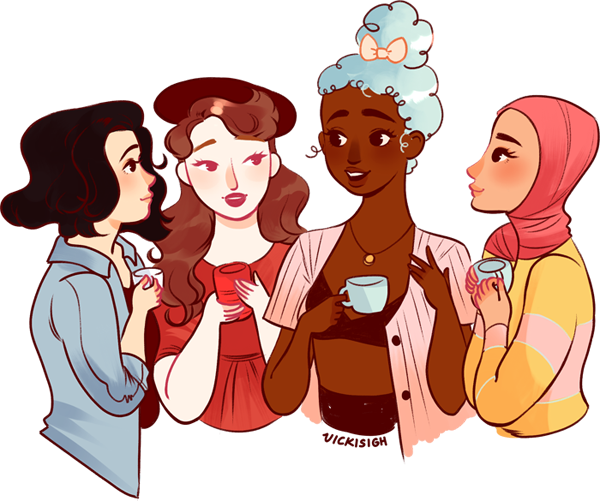
Her Story: Ladies In Literature is a special, month-long series on Pop! Goes The Reader in which we celebrate the literary female role models whose stories have inspired and empowered us since time immemorial. From Harriet M. Welsch to Anne Shirley, Becky Bloomwood to Hermione Granger, Her Story: Ladies In Literature is a series created for women, by women as twenty-six authors answer the question: “Who’s your heroine?” You can find a complete list of the participants and their scheduled guest post dates Here!

About Nafiza Azad
Nafiza Azad is a self-identified island girl. She has hurricanes in her blood and dreams of a time she can exist solely on mangoes and pineapple. Born in Lautoka, Fiji, she currently resides in BC, Canada where she reads too many books, watches too many Kdramas and writes stories about girls taking over the world. Her debut young adult fantasy novel, The Candle and The Flame, will be released by Scholastic in 2019.
I grew up on a sugarcane farm in Lautoka, Fiji, surrounded by green fields, blue mountains, and the ever present sea shimmering in the distance. During harvest season, the air in the village is heavy with the scent of sugar. Any other time of the year, the breeze brings a reminder of the sea and the fragrance of growing things. I grew up wild among two brothers, six first cousins, and countless second cousins.
We didn’t have much in the way of material treasures — not that we considered ourselves poor. We had sweet sugarcane sticks to munch on. Sugarcane from other peoples’ fields taste much better than the ones that grow in yours. We were surrounded by mango trees which yielded fruit that we ate both raw, ripe, pickled, and dried. There were Tamarind trees, orange trees, soursop, custard apples, guavas, and jujubes — we were rich in all the ways that mattered to us. Television came late and when it did, there was only one channel which lingered upon documentaries featuring kangaroos.
For entertainment, we turned to nature and to books. Nature we had in plenty but books? Books were infrequent when I was growing up. Books in Fiji are expensive and considered a luxury that we didn’t have money for. There was one ill-stocked library in town that had a limit of two books.
I remember the day I decided that I must learn to read. My mother tongue is Fiji Hindi and I learned to speak proper English when I was in grade one or class one as we call it. Upon coming first in the class, at the end of the year I was given a copy of Gulliver’s Travels by Jonathan Swift. I don’t know which teacher thought it would be a good idea to give a grade one student an unabridged copy of Gulliver’s Travels but imagine my consternation when I opened my first prize gift and found a book I could barely read.
My mom, seeing how distraught I was, bought me a children’s edition of Great Expectations. It had pictures, I remember, and a blue cover that went ratty after my multiple readings. I never did read Gulliver’s Travels. By the time I was old enough to appreciate the wit in it, I was no longer interested in the story. My next love was Enid Blyton and all the books written by her. Enid Blyton is not well known in North America but goodness, she was all the rage when I was growing up. I remember The Naughtiest Girl series by her. The protagonist is the titular naughtiest girl and the series details her adventures. George from The Famous Five series also by Enid Blyton lingers in my memory because she defied societal expectations of femininity — well, as much as a girl could in a book by Blyton who is, as I know now but didn’t then, problematic. The next literary heroine I remember clearly is Pollyanna from Pollyanna by Eleanor H. Porter.
If I am going to be completely honest, Pollyanna annoyed me with her excessive optimism. Look, sometimes you just need to sulk and hate the world. I read all these books with the knowledge that the girls in these books were not me. They couldn’t be me just as I couldn’t be them. Our lives were too different. I could empathize with their turmoil but I couldn’t relate to them. See, I grew up with hurricanes punctuating my childhood. High tea for me was a pyali of chai and a snack of gulgula. Still, I read on.
Then I met Matilda and for the first time in my life, I found someone in fiction I could relate to. Someone who echoed my desire for books and reading. Her life was different from the one I led but oh, her passion for books was something I had too. I envied her the books she lugged around in her cart.
My school’s librarian saved the shiny new Goosebumps for her favourites and all other books in the school library I either didn’t want to read or I already had. I saved the 50c I received every day to spend in the school canteen and at the end of each week, I would go to a thrift store that sold second-hand books. There, I found a battered copy of Anne of Green Gables. I remember that half the cover was torn off but there was something about the little girl sitting on a bench that made me buy it.
I took it home and read it and when I did, I fell in love. Was it the colourful cast of characters that drew me in? The gossipy matrons in whom I saw people in my own village? Or was it Anne herself, full of fancy and energy? Maybe it was the way in which nature — and Anne’s relationship to nature — was detailed. Maybe it was all of these things. I sat in my mother’s gardens which were full of hibiscus, frangipani, and orchids, and wondered about the vista that Anne saw. I was curious about the woods in which she walked and the flowers she spoke about. Through Anne’s appreciation of her surroundings, I learned to value mine.
It is difficult to find literary heroines when you are never presented with anyone who reflects you. I read Fear Street and Dolly Fiction and countless romance novels because they were the books most easily available but I read them at a remove. The experiences were more voyeuristic than immersive, if that makes sense.
Luckily, as an adult, I have a bounty of literary heroines who inspire me and keep me writing. They are Dina, from Alif The Unseen by G. Willow Wilson whose quiet grace gives her unexpected strength, Nahri from The City of Brass by S. A. Chakraborty and Arian from The Bloodprint by Ausma Zehanat Khan. They are protagonists from books written by Muslim authors and they tell me that a Muslim woman is capable of having fantastic adventures. Their existence reassures me that tragic narratives aren’t the only narratives available for Muslim women. Their stories tell me that I can have a story and that I, too, am a heroine in my own universe.
As for the next little girl who is growing up on a farm in a country not many people are even aware of? I hope that she finds a heroine who not only looks like her but whose experiences echo, closely, her own.

Title The Candle and The Flame
Author Nafiza Azad
Pages N/A
Intended Target Audience Young Adult
Genre Fantasy
Publication Date 2019 by Scholastic
Find It On Goodreads
Set in a city along the Silk Road that has become a refuge for those of all faiths, this young adult fantasy is about a young woman with mysterious origins and two clans of powerful djinn who threaten to destroy her peace, and the unlikely alliances she’ll make to survive.
